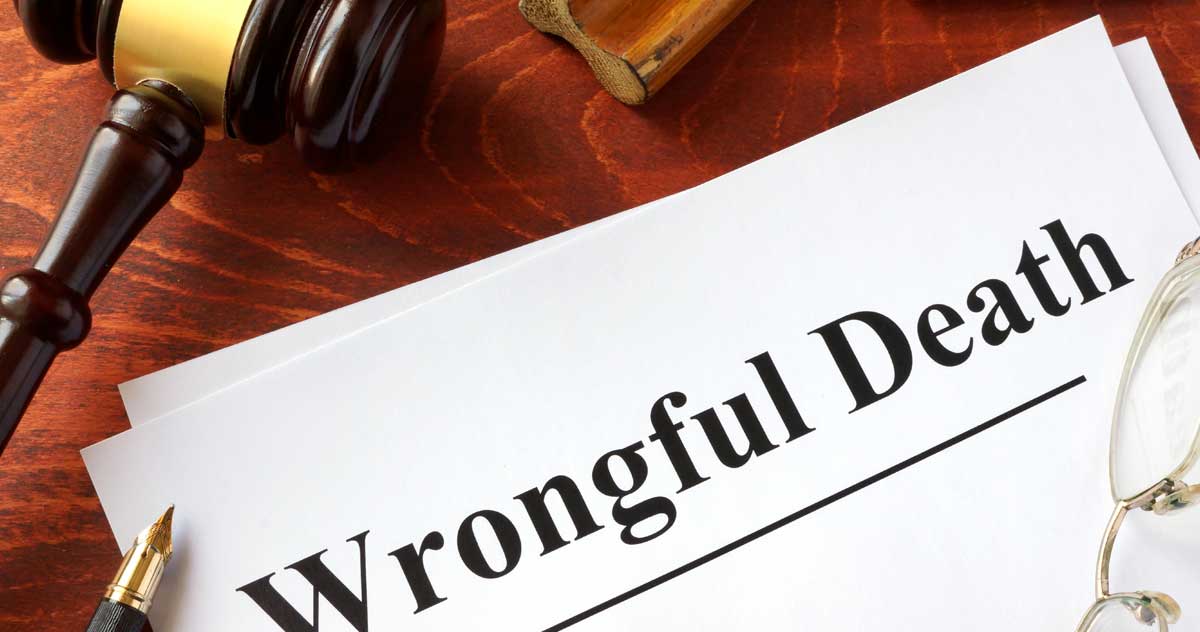Being involved in a lawsuit of any description is not exactly as they depict it in the movies. There should be no drama attached, and definitely limited stress if you have professional representation with a personal injury law firm. Some personal injury cases settle rather quickly. Some are long drawn out fights that can even go to trial. So what does happen, exactly, when a personal injury case is taken before a judge and jury?
Why This Would Happen?
The first question to answer is why this would happen in the first place. The easiest way to address this question is to simply state that there could be no agreement about the settlement compensation figure. With a lack of satisfactory compensation, the offended party either has the option to take a low settlement or go to court. Most people chose to go to court because if they are telling the truth and really suffering, this will yield the optimal outcome. There are plenty of reasons why adjusters would not be able to offer a suitable settlement figure and you would need to talk this through with your personal injury accident attorney.
Inexperience with Calculator Software
The majority of insurance firms use adjusters that are trained in insurance claim calculator software. What these programs do is calculate the amount of compensation a company should and could offer based on a variety of factors. It will create a score based on reported pain levels, the severity of the injury, time spent under medical care, etc. This score is used alongside other factors such as whether or not there is prolonged medical intervention needed in the recovery and how much time has to be taken off work. Altogether this typically results in a sum that is put on the table as a clear offer. These types of software do tend to undervalue claimants because of either incorrect inputs from the adjuster or a lack of human empathy.
Lack of Evidence
If the adjuster assigned to your case feels there is insufficient evidence, they are likely to offer you a lower settlement figure (if any at all). When a claim is difficult to claim on facts and figures alone, further investigation is needed, and this is where an adjuster’s role ends and a jury’s role begins. The accident injury lawyers then step in further on your behalf and build your case in a more concrete way. Though a personal injury attorney will already have a clear picture of what happened, this is the time when it can be put into action.
So, What Happens Next?
The next move will be decided by your personal injury law firm. There will be more associated costs as the process goes ahead, and you will have to pay your law firm if you win the case. Some firms ask for a fee upfront regardless of the outcome. Expect to pay upwards of 40% of the settlement figure if awarded at a later date to cover the costs of your attorney. In the event that a settlement is never reached, your attorney will help you decide whether a lawsuit is the best way to proceed. Ultimately, that decision lies with you! Bear in mind that court proceedings could potentially last for a few years if you see things through until the end so it is worth having a rough timeline in mind to prepare for all eventualities.
Pre-trial Phase One: Complaint and Answer
The Complaint and Answer phase is typically the first thing to get out of the way. All this means is that the person you are filing a ‘complaint’ against will have up to a thirty day time period to ‘answer’ the complaint. This is all in written form and the defendant will either say yes okay, that was my fault or no it absolutely wasn’t! Obviously, depending on which way the answer leans, the case will continue.
Phase Two: Discovery
Discovery is a great way of saying that each side will now collect evidence. This all must be declared in a clear timeframe to the judge before the trial day comes around. There can be no late entries and absolutely no surprises, regardless of how relevant they may be to the case. This bit is where lawyers arguably work their hardest to get as much evidence as possible to support what they are going to be arguing for (or against). This is when depositions will be conducted on each side, and written discovery will be taken too. You have to play a role in this part and will undergo your own deposition too.
There May Be Mediation
The follow up to all of this is typically a mediation. Mediations look like both parties sitting down together with a middleman between them. This mediator asks to serve the best interests of both parties in a completely neutral manner. They are the safe person in the room and will sit through everything to try and reach a settlement before it has to go before the judge.
If The Case Goes to Trial
Should a trial occur, there are six stages you have to know about.
- Picking the jury.
- The all-important opening statement from both sides.
- Testimony of key witnesses including cross-examination.
- The closing arguments.
- Instructing of the jury.
- Verdict.
When The Judge Speaks
You would hope regardless of the outcome that when a judge speaks, their word is final. This is not always the case. Even if the other side is branded guilty, there is still room for an appeal.
Personal injury lawsuits are often settled outside of court. If they reach a trial, the verdict will be decided by a jury. Compensation is always the aim, and it is often awarded in some form or another.
Let the attorneys at What’s My Case Worth fight for you today at 877-559-3513.







